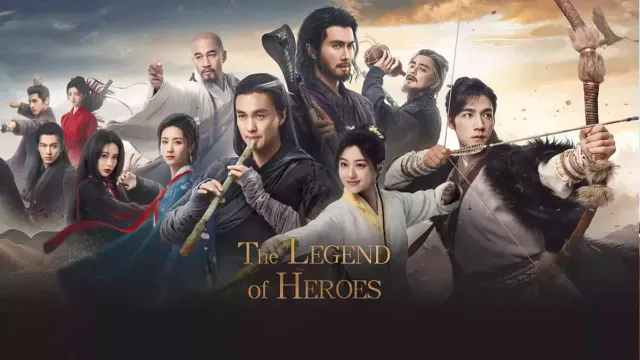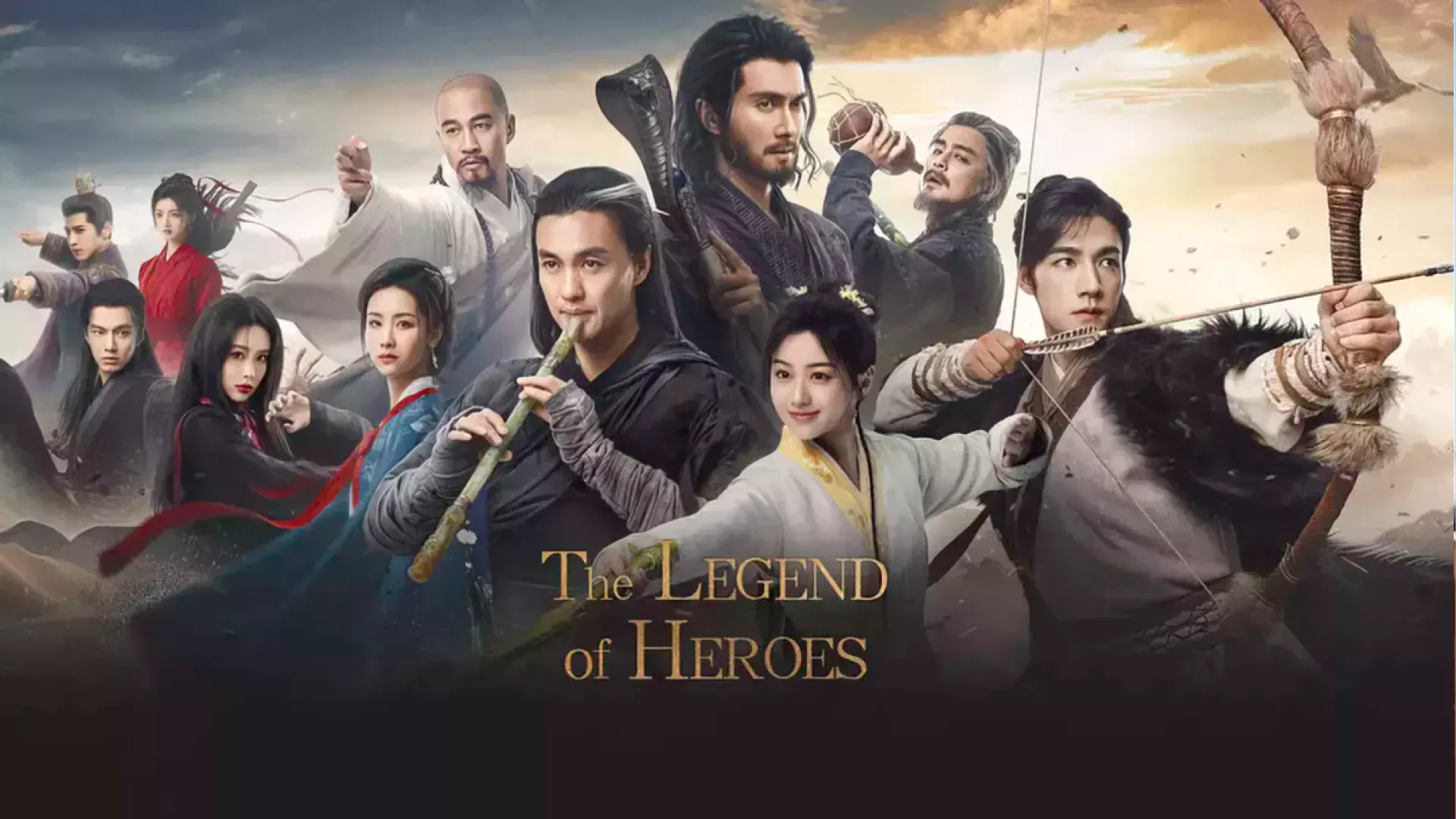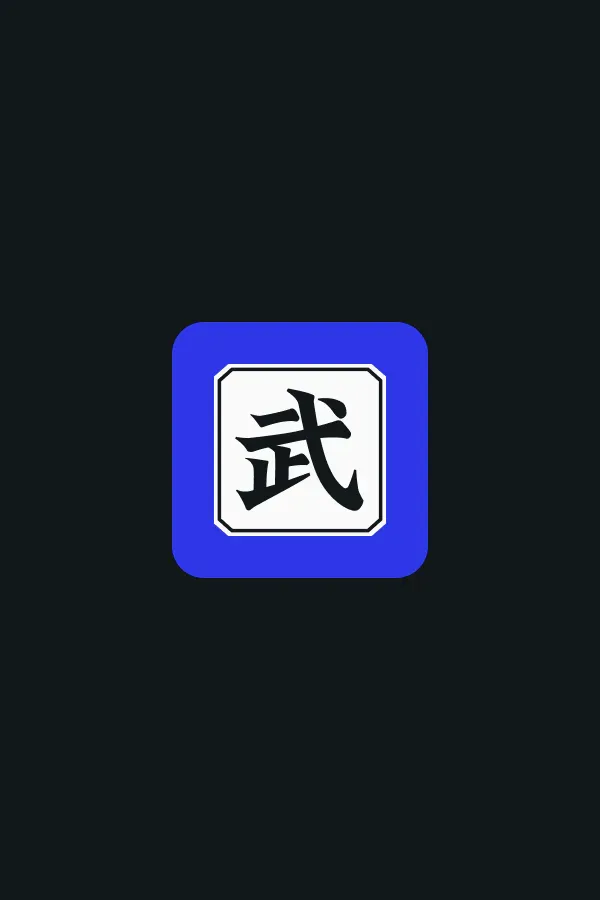Tchila’un (simplified: 赤练, traditional: 赤練, pinyin: Chìliàn, jyutping: cek3 lin6), whose name means “Red Chain,” was a martial artist and member of the Iron Palm Keep during the late Song Dynasty. As a practitioner of the Iron Palm martial arts tradition, he represented the skilled but morally ambiguous figures who populated the jianghu during this turbulent period.
Tchila’un’s character served as a representative of the broader Iron Palm Keep organisation, demonstrating the complex nature of martial arts factions that could produce both honorable practitioners and those willing to serve questionable purposes. His involvement in the early events of The Legend of the Condor Heroes placed him at the intersection of various conflicts and power struggles that would shape the course of the story.
Biography
Early life and martial arts training
Tchila’un’s early life and martial arts development followed the traditional path of many Iron Palm Keep practitioners. He received his training within the organisation’s established system, learning the foundational techniques and principles that would define his martial arts abilities.
His training emphasized the development of both external martial arts skills and qi cultivation, following the Iron Palm Keep’s comprehensive approach to martial arts education. This foundation provided him with the strength and technique necessary to establish himself as a competent practitioner within the organisation.
Role within the Iron Palm Keep
As a member of the Iron Palm Keep, Tchila’un operated within the organisation’s hierarchical structure and participated in its various activities and missions. His position within the guild gave him access to resources and training opportunities while also requiring him to fulfill various organisational responsibilities.
The Iron Palm Keep’s reputation as a formidable martial arts organisation during this period meant that Tchila’un’s association with the group carried both prestige and responsibility. His actions and behavior would reflect not only on his personal character but also on the broader reputation of the organisation within the jianghu.
Involvement in the story
Tchila’un’s involvement in the early events of The Legend of the Condor Heroes placed him at the center of various conflicts and power struggles that would have lasting consequences for the broader narrative. His actions during this period demonstrated the complex nature of martial arts politics and the various motivations that drove practitioners to take sides in broader conflicts.
Personality and traits
Martial arts philosophy
Tchila’un’s approach to martial arts reflected the broader philosophy of the Iron Palm Keep, emphasizing the development of practical combat skills and the maintenance of organisational loyalty. His training and practice demonstrated a commitment to martial excellence that was typical of serious practitioners within the organisation.
This philosophy influenced his approach to conflicts and his interactions with other martial artists, leading him to prioritize practical effectiveness and organisational interests in his decision-making.
Organizational loyalty
As a member of the Iron Palm Keep, Tchila’un demonstrated the loyalty and commitment that characterized many practitioners within martial arts organisations. His willingness to serve the organisation’s interests reflected the strong bonds that often developed between practitioners and their martial arts families.
This loyalty influenced his actions and decisions throughout the story, demonstrating how organisational affiliation could shape individual behavior and choices within the jianghu.
Practical approach to conflicts
Tchila’un’s approach to conflicts reflected his practical nature and his focus on achieving concrete results rather than pursuing abstract principles or moral considerations. This approach made him an effective agent for the Iron Palm Keep’s various objectives while also limiting his ability to consider the broader implications of his actions.
His practical orientation demonstrated the complex nature of martial arts politics, where individual practitioners often had to balance various competing interests and considerations in their decision-making.
Martial arts abilities
Iron Palm Technique foundation
Tchila’un’s martial arts foundation was built upon the comprehensive training system of the Iron Palm Keep. This tradition emphasized the development of powerful palm techniques that could deliver devastating strikes while maintaining the practitioner’s defensive capabilities.
His training included both offensive and defensive applications of the Iron Palm techniques, allowing him to engage effectively in various combat situations. The emphasis on palm-based attacks required exceptional hand conditioning and internal energy development, skills that Tchila’un developed through dedicated practice and training.
Internal energy cultivation
Tchila’un’s qi cultivation followed the traditional methods of the Iron Palm Keep, emphasizing the development of qi through specialized breathing exercises and meridian circulation techniques. This cultivation provided him with the foundation necessary for both martial arts combat and the maintenance of his physical conditioning.
Combat applications
In practical combat situations, Tchila’un demonstrated the effectiveness of the Iron Palm techniques through his ability to deliver powerful strikes while maintaining defensive awareness. His training emphasized the importance of timing and positioning, allowing him to maximize the impact of his attacks while minimizing exposure to counter-attacks.
Relationships
Tchila’un’s primary relationship within the jianghu was his membership in the Iron Palm Keep. This affiliation provided him with training, resources, and a sense of belonging while also requiring him to fulfill various organisational responsibilities and obligations. His interactions with other martial artists revealed the various alliances and rivalries that defined the jianghu’s political landscape.
Behind the scenes
Representation of Iron Palm Keep
Tchila’un’s character served as a representative of the broader Iron Palm Keep organisation, demonstrating the various characteristics and capabilities that made the organisation a formidable force within the jianghu. His actions and behavior reflected the organisation’s approach to martial arts training and its various activities and objectives.
Contribution to story development
Tchila’un’s involvement in the early events of The Legend of the Condor Heroes contributed to the broader development of the story’s plot and themes. His actions and interactions helped establish the complex political landscape of the jianghu and the various conflicts and power struggles that would drive the narrative forward.
Portrayals
See also
External links
- Tchila’un (Chinese) on Chinese Wikipedia
- Tchila’un (Chinese) on Baidu Baike
- The Legend of the Condor Heroes on Wikipedia


